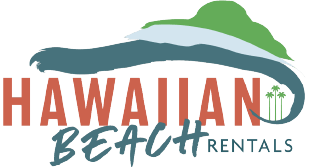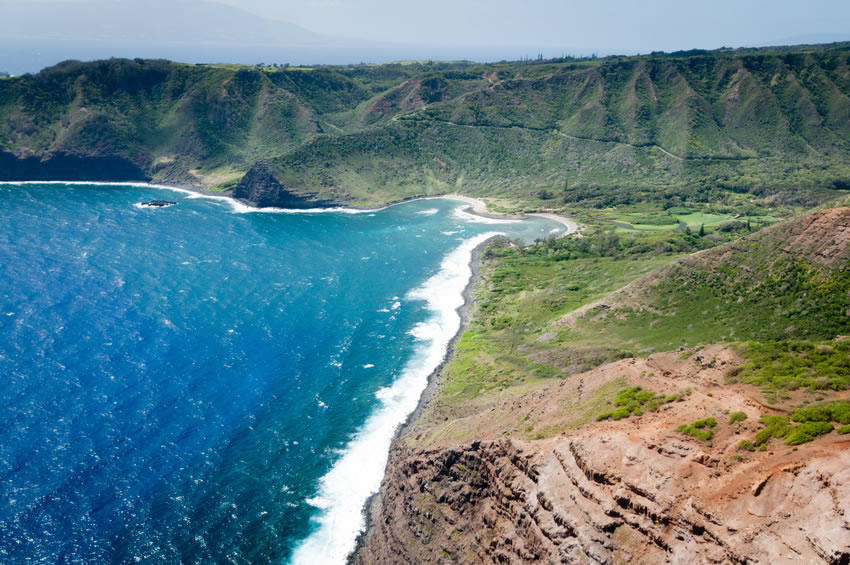Great Things To Do On the Friendly Island
Molokai is the fifth largest of the Hawaiian Islands, measuring about 10 miles wide and 38 miles long. Known as The Friendly Isle, Molokai is located about 9 miles northwest of Maui. Here are some of the highlights of this amazing Hawaiian Island.
Kalaupapa Peninsula
This isolated peninsula is the land of Father Damien who will soon be declared a saint in a ceremony in Rome. The whole region is now a National Park of more than 10,000 acres of land.
Kaunakakai
Located on Molokai’s southern coast, Kaunakakai’s main street is lined with false-front stores resembling the Old West. The three-block long downtown area also features an outdoor market. Nearby is the wharf where boats arrive to bring the island’s supplies.
Molokai Museum and Cultural Center
Located in the restored R. W. Meyer Sugar Mill, the Molokai Museum and Cultural Center was originally constructed in 1878. Mules and a steam engine ran the original machinery. This is America’s oldest restored sugar mill.
Halawa Valley / Halawa Bay
Located along Molokai’s northeast coast, Halawa is a majestically beautiful valley, and one of the most scenic spots on Molokai. The steep-walled valley is about one-half mile wide and more than three miles long including two nice waterfalls. Where the valley meets the sea the double-scalloped Halawa Bay provides nice swimming and surfing.
Moaula and Hipuapua Falls
Moaula Falls is located at the head of Halawa Valley and plunges 250 feet down the mountain. Just north is Hipuapua Falls, which drops 500 feet. These falls are accessible by a guided, permitted hike.
St. Joseph’s Church
This church was built by Father Damien in 1876. Located in Kamalo about 10 miles east of Kaunakakai. St. Joseph’s Church features a bronze statue of Father Damien. Visitors are welcome.
Kamakou Preserve
Supporting various types of native Hawaiian ecosystems, the Kamakou Preserve includes bogs, shrublands, and cloud forests that provide habitat for endangered forest birds and other species. Also in the Preserve is the 4,961-foot peak of Kamakou, which is Molokai’s highest point.
The Dunes of Moomomi
Located along Molokai’s northwest coast, the Dunes of Moomomi support many endangered plants and important cultural sites.
Smith and Bronte Landing
This is the site of the site of the crash landing of the plane of navigator Emily Bronte and airmail pilot Ernest Smith, the first civilians to fly to the Hawaiian Islands from the United States Mainland (Oakland, California). The 1927 flight covered about 2,200 miles in 26 hours and 36 minutes in their 27-foot monoplane named The City of Oakland.
Our Lady of Sorrows Church
Located east of Kaunakakai, this Catholic church was built in 1966. It is a reconstruction of the original church that was built there in 1874 by Father Damien.
Whenever Father Damien was on his way from Kalaupapa to St. Josephs Church, he would say Mass at Our Lady of Sorrows Church. Father Damien did this even when he was very ill with leprosy (Hansen’s disease).
Papohaku
This beautiful 3-mile long beach along Molokai’s western coast is one of the longest white-sand beaches in Hawaii. Use caution if you visit, however, as there may be very dangerous currents.
Sea Cliffs
Molokai has among the highest sea cliffs in the world, rising more than 3,000 feet almost straight up from the ocean along the island’s northern shore. One of Hawaii’s highest waterfalls is Molokai’s Kahiwa Falls, plunging more than 1,700 feet down the cliffs.
Ancient Fishponds
Molokai is the site of the largest number of ancient fishponds anywhere in Hawaii. More than 60 are found just along the eastern shore.

